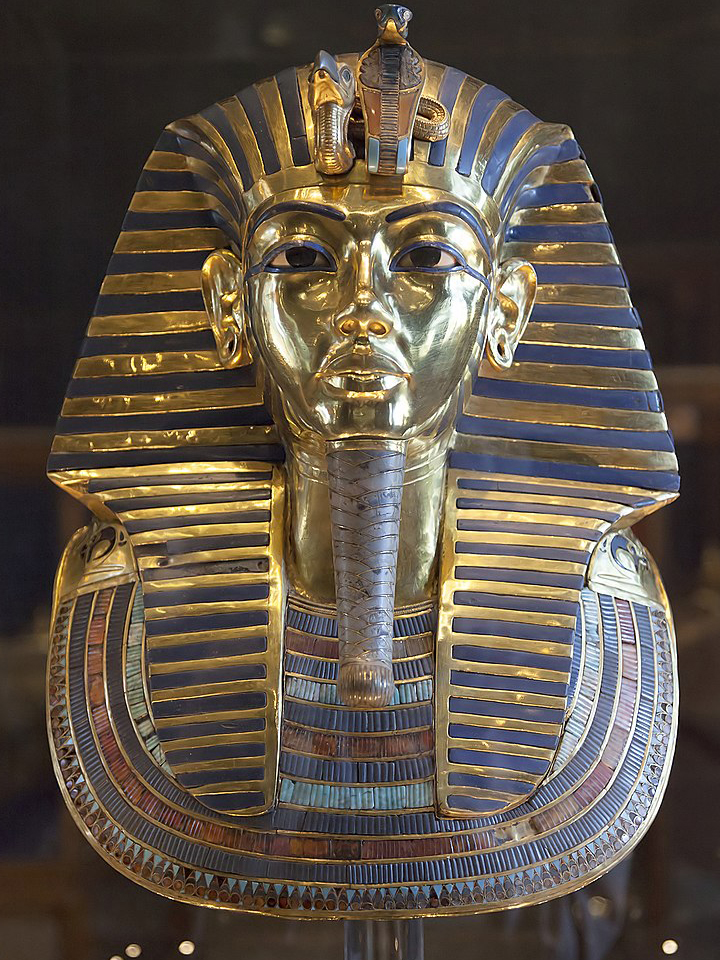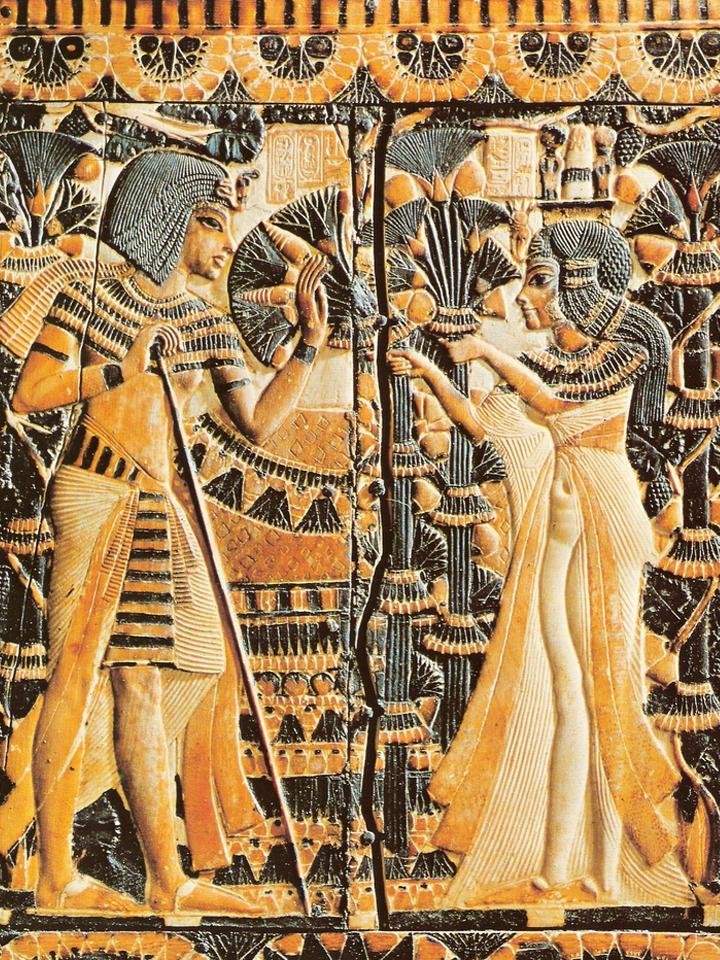Tutankhamun — c. 1336-1327 BCE


While not one of the most memorable of pharaohs, Tutankhamun—better known as King Tut—is a figure who has captivated modern interest in Egypt.
Born during the chaotic Amarna Period as Tutankhaten, he came into the throne at the age of nine. It is suggested that he was responsible for the transition back to the former capital and former religion, though this could also be attributed to his predecessor, Neferneferuaten.
Regardless, after taking the throne, he changed his name to Tutankhamen to symbolize the end of the worship of Aten. He married his sister, Ankhesenamun (née Ankhesenpaaten), and had a brief reign, which ended abruptly around the age of 19.
Thousands of years later, in 1922, Egyptologist Howard Carter discovered Tutankhamen’s unopened tomb. Inside were the well-preserved riches of an Egyptian pharaoh, as well as the mummy of “King Tut” himself. This discovery gave new life to the modern world’s interest in ancient Egypt. Learn more about this in the Egyptomania section.

At-A-Glance
- Boy king who transitioned New Kingdom Egypt back to polytheism before dying young, leaving a tomb which captivated the modern world
- 13th ruler of the 18th Dynasty
- Reign from c. 1332-1327 BCE


